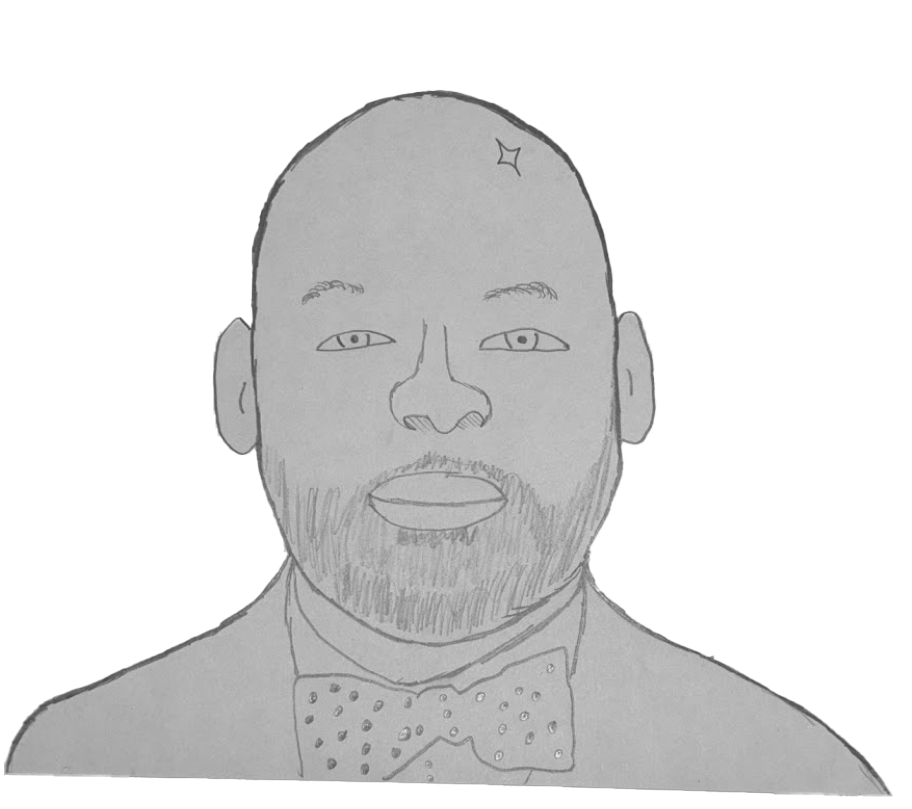Teachers, administration, social workers, an athletic director, an orchestra director, 504, and testing coordinators: all positions at Garfield that have had an increasing number of staffing changes, leaving some positions vacant. As the problem has grown over the past few years, students and staff feel the escalating effects within the building.
Many teachers feel an increased sense of anxiety due to the inconsistency of their workload. “Is this volume of stress worth what I’m doing?” is the pressing question Mr. Rees, an academic intervention specialist, and other Garfield teachers are forced to ask themselves. The workload of these missing jobs is often transferred to current teachers and administrators. “It’s tough. There’s a lot of jobs that are mine that are not supposed to be mine. It requires people to step up a little bit more,” said Mr. Rees. Mr. Firman, a history teacher at Garfield, agreed. “We have a lot of people doing way more work than they would be if those [missing] positions were filled”
Despite the existing staff bearing the responsibility of these jobs, it’s often less expensive and more productive for school administration to leave these staffing positions open. “It depends on whether the person who was in that job was really effective at it or not,” said Mr. Firman.
As for students, when a staff member leaves the school, “There’s a section of students, small or large, who’ve lost their person at school,” said Mr. Rees. Having a trusted adult to talk to while at school can benefit the overall community. “The impact of having a teacher for consecutive years is big for kids because they form bonds with their teachers. It provides an anchor point for students if they’re having a tough day,” continued Mr. Rees. The constant switchover not only affects students’ mental health but also the quality of their education. “The revolving door of substitute teachers is really hard just because you don’t get the benefit of having the same teacher the whole year who gets to set up all these structures,” said Mr. Firman. “Students don’t feel like it’s their class as much anymore. You start feeling like you’re just one of thirty-eight,” confirmed Mr. Sundt, Garfield’s long-term orchestra substitute. It’s easy to “have teachers who show up and don’t care,” agreed Mr. Rees.
“A common issue vocalized by many students was the lack of support from athletic administration last year,” recalled an anonymous Garfield junior. The athletic director vacancy resulted after “a choice was made” explained Mr. Rees. While the reasoning for the dismissal is still unclear, the vacancy left problems for clubs and sports accessing their funding at the beginning of the year. As the position was filled by our new athletic director, Ms. Tiffany, the hard work she put into the job made a difference in the support students received. “She knows how to get stuff done,” said the same student. Other vacant positions in the beginning of the year of 504 plan and testing coordinators led to the lack of information on accommodations and exams for students and guardians. “Testing coordinator has been taken up by an assistant principal the last two years. In other schools it’s a full-time position,” Mr. Rees said.
Alternatively, staff turnover can be beneficial in some cases. “Sometimes it’s important to get new people in new positions,” said Mr. Firman. Despite Garfield’s increasing rate of turnover, in other district schools, the changes are even more extreme. “I know the turnover [at Washington Middle School] is significantly more so than it is here. The teacher turnover rate was extremely high there. So high that I think in my third year teaching there I was the sixth or seventh most senior teacher,” Mr. Sundt, a former Washington orchestra teacher, said. Even though a frequent change in teachers can be harmful, short-term disruption can benefit the community. The school has welcomed many teachers and administration who bring new goals and ideas to Garfield.
The prime reason behind staff vacancies is recurrent funding difficulties between the district and the school. Each spring, Garfield receives a projection of how many students the school will serve in the fall and must submit a budget back to the district based on the numbers. However, the school has been repeatedly underprojected for the last few years which has implemented challenges in funding the needs of each student and staff member.
Last spring, SPS projected that Garfield would serve 1,539 students for the 2023-24 school year. Now, the school is serving 1,578 students, plus an additional 61 running start students who are not included in the funding projections. Due to this, Garfield is underfunded by approximately 156 students. This lack of funding limits the amount of teachers available for Garfield to hire, making classes widely over-enrolled. Garfield has 78 over-enrolled core classes for which faculty receive additional pay and 13 over-enrolled electives for which faculty do not receive additional pay. “We can’t do our best for all the students that we have, and that’s frustrating,” said Mr. Rees.
So, why can’t SPS meet Garfield’s budget? “Part of it is poorly allocated funds. I think a lot of what goes on at the school district offices is a waste,” Mr. Rees said. For instance, running start students at Garfield aren’t included in funding from the district despite the school’s resources being used to support them.






